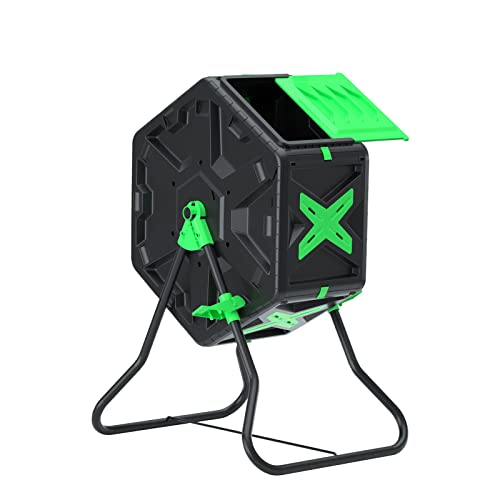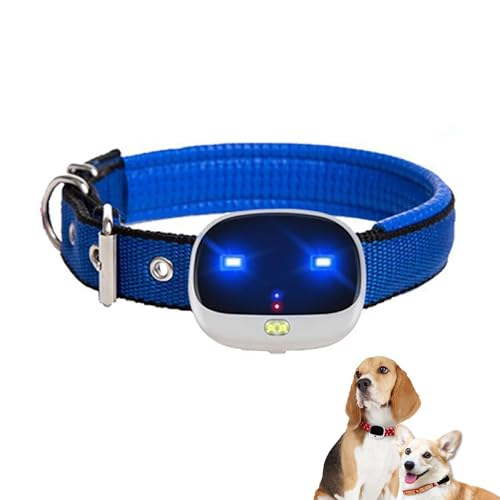
Introduction: As pet owners, ensuring the safety and well-being of our furry friends is paramount. In this section, we delve into the practical aspects of establishing a protective boundary around our living spaces to accommodate our beloved pets. This guide aims to provide a comprehensive approach to setting up a containment solution that is both effective and temporary, tailored specifically for our canine companions.
Understanding the Need: Often, circumstances arise where a more permanent structure might not be feasible or necessary. Whether it’s during outdoor events, renovations, or simply a temporary need for additional security, knowing how to construct a suitable barrier can be incredibly useful. This not only ensures the safety of our pets but also provides them with a sense of freedom within a controlled environment.
Key Considerations: Before embarking on this project, it’s crucial to consider several factors. These include the size and temperament of your pet, the available space, and the materials at hand. Each of these elements plays a significant role in determining the most appropriate method for creating a secure and comfortable space for your dog.
Choosing the Right Materials
In this section, we delve into the essential components necessary for constructing a secure enclosure that ensures the safety and comfort of our canine companion. Selecting appropriate materials is crucial to the effectiveness and durability of the structure.
| Material | Description | Benefits |
|---|---|---|
| Chain Link | A woven material made of steel wire | Durable, weather-resistant, and provides good visibility |
| Wooden Pallets | Reclaimed wooden structures | Cost-effective, easy to assemble, and offers natural aesthetics |
| Mesh Wire | Fine wire woven into a mesh pattern | Lightweight, affordable, and effective in containing smaller pets |
| PVC Pipes | Lightweight plastic piping | Easily customizable, quick to set up, and resistant to rust |
Each material has its unique advantages and should be chosen based on the specific needs of your environment and the temperament of your pet. Consider factors such as the local climate, the size of your pet, and the level of maintenance you are willing to undertake when making your selection.
Setting Up the Fence Foundation
In this section, we will delve into the foundational aspects of establishing a secure enclosure designed to contain a pet. The focus will be on ensuring stability and safety, which are crucial for the effective functioning of the structure.
Choosing the Right Location
Selecting an appropriate site is paramount. Consider areas that are flat and free from obstructions. This not only aids in the installation process but also enhances the overall durability of the setup.
- Ensure the area is clear of debris and large rocks that could impede the installation.
- Avoid areas prone to flooding or water accumulation to prevent any damage to the structure.
- Check for proximity to electrical lines or other hazards that could pose a risk.
Preparing the Ground
Before installing the posts, it’s essential to prepare the ground adequately. This involves leveling the surface and ensuring it is firm enough to support the weight of the enclosure.
- Use a shovel or a rake to level the ground, removing any unevenness.
- Compact the soil using a tamper or by walking over it to ensure stability.
- If necessary, add a layer of gravel for additional drainage and support.
By meticulously setting up the foundation, you lay the groundwork for a robust and reliable pet containment system. This careful preparation is key to the longevity and effectiveness of the enclosure.
Securing the Fence Panels
In this section, we will delve into the methods of ensuring that the barrier segments remain stable and secure. This is crucial for maintaining the integrity of the enclosure and ensuring safety for all involved.
To begin with, it’s essential to anchor each panel effectively. Here are several techniques to consider:
- Utilizing ground stakes: These are metal or plastic pegs that can be driven into the soil to hold the panels upright. Ensure they are long enough to provide adequate support.
- Tying to nearby structures: If there are sturdy structures nearby, such as trees or poles, you can use ropes or ties to attach the panels, providing additional stability.
- Weighted bases: For panels that might be prone to tipping, adding sandbags or other heavy objects at the base can help keep them in place.
Additionally, it’s important to check the connections between panels. Here’s how you can ensure they are secure:
- Ensure all bolts and screws are tightened properly. Regular checks can prevent any looseness that might compromise the structure.
- Use connector kits specifically designed for panel assemblies. These kits often include brackets and clamps that can enhance the overall stability of the setup.
- Regularly inspect the integrity of the connections, especially after windy or stormy weather, to ensure they remain intact and functional.
By implementing these strategies, you can significantly enhance the stability and security of your enclosure, ensuring a safe environment for everyone involved.
Ensuring Safety and Comfort for Your Pet
In this section, we will explore essential considerations to maintain the well-being of our furry companions when they are confined in a designated area. It is crucial to ensure that the environment not only keeps them secure but also enhances their comfort and happiness.
To begin with, it’s important to assess the size and material of the enclosure. The space should be adequate for the pet to move around comfortably, and the materials used should be safe and durable. Additionally, providing appropriate shelter from weather elements is vital. This could include a shaded area or a waterproof cover to protect against rain.
| Aspect | Considerations |
|---|---|
| Space | Ensure the area is large enough for the pet to play and rest without feeling cramped. |
| Materials | Choose materials that are non-toxic and sturdy to prevent injuries and escape attempts. |
| Shelter | Provide a shaded or covered area to protect the pet from direct sunlight and rain. |
| Comfort | Include soft bedding and toys to keep the pet entertained and comfortable. |
Furthermore, it’s advisable to regularly check the enclosure for any wear and tear that might compromise its integrity. Regular maintenance not only ensures the longevity of the structure but also guarantees the safety of our pets. Lastly, always monitor the pet’s behavior and adjust the environment as needed to meet their changing needs and preferences.
FAQ
What materials are needed to build a temporary fence for a dog?
To build a temporary fence for a dog, you will need several materials including lightweight metal or plastic poles, mesh or wire fencing material, zip ties or wire to secure the fencing, and possibly sandbags or weights to anchor the fence if necessary. The specific materials can vary based on the size of the dog and the area you need to enclose. It’s important to choose materials that are safe and durable enough to contain your dog without causing harm.
Can I build a temporary fence without any tools?
Yes, you can build a temporary fence for a dog without using any tools. For instance, you can use pre-fabricated fence panels that simply interlock or snap together, and secure them with sandbags or weights. Additionally, using zip ties instead of wire can make the assembly tool-free. However, having a pair of scissors or a wire cutter on hand can be helpful for cutting zip ties or adjusting the fence to fit the space.
How do I ensure the temporary fence is secure enough for my dog?
To ensure the temporary fence is secure enough for your dog, first, choose a fencing material that is strong enough to withstand your dog’s size and strength. Then, make sure the fence is properly anchored, either by using heavy objects like sandbags or by staking the poles into the ground. Additionally, check the fence regularly for any weak spots or damage that could allow your dog to escape. It’s also a good idea to supervise your dog when they are in the fenced area, especially at first, to ensure they cannot find a way out.






